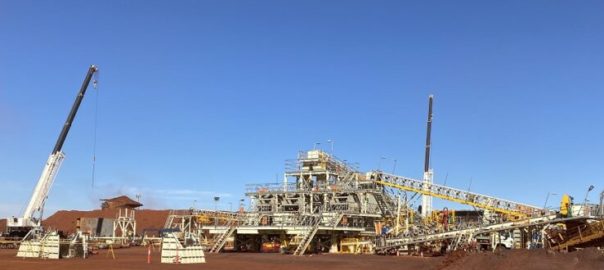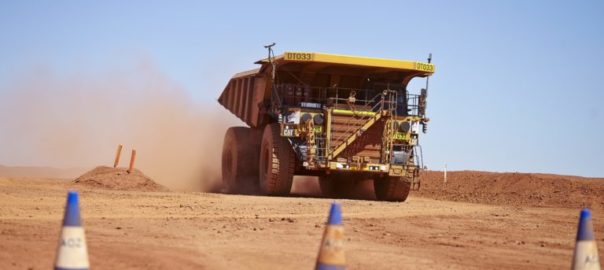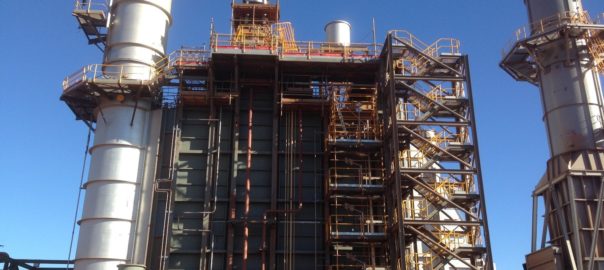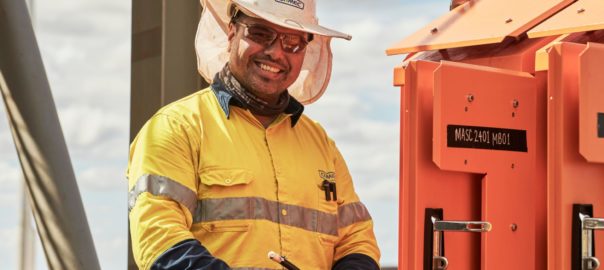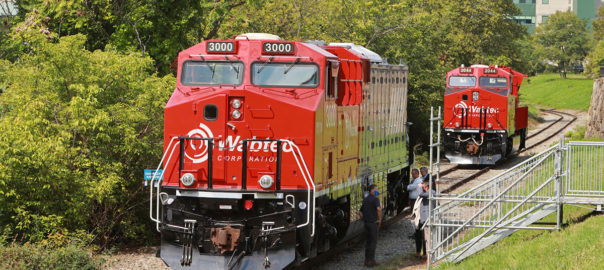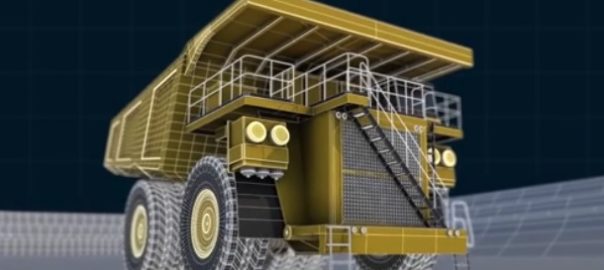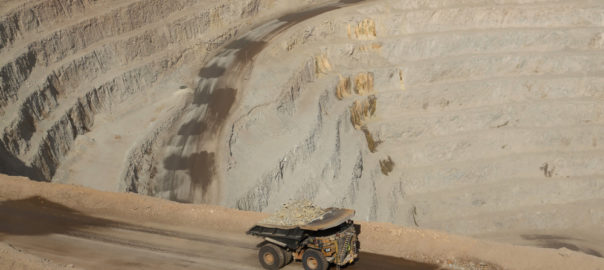Swift, a specialist technology company focused on delivering network infrastructure and premium entertainment and communications, has announced it has recently commenced works on seven new projects across Western Australia and Queensland for key clients Rio Tinto, Roy Hill, Strandline, OZ Minerals and South32.
As part of these projects, Swift will be upgrading and installing its various network solutions which have been designed and deployed by Swift’s in-house team. The total contract value of these agreements is A$1.2 million ($866,418).
Swift CEO, Brian Mangano, says: “These new projects not only represent an increase in project activity but are the result of long-standing relationships between Swift and resource sector clients. Maintained by the talent and expertise of our entire team from sales to inhouse network engineers, delivery, installation specialists and support teams, we are excited to see the positive impact that these upgrades have on our clients and their workforces.
While the aggregate revenue from these contracts is material to the company, no individual contract currently generates revenue over A$1.0 million, Swift said.









